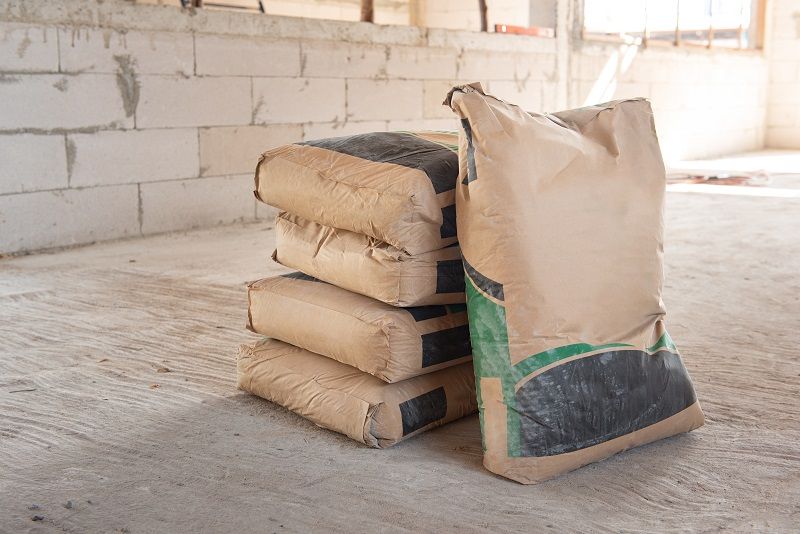The overall cement production in India stood at 263.12 million tonnes in 2021. The Indian cement industry is the world's second-largest, accounting for over 8% of the global installed capacity. However, contractors often grapple with the challenges posed by cement price fluctuations . Usually, price fluctuations lead to investment pressure, increase construction costs, reduce investment profit, affect investment decision-making and cause disputes that reduce overall project progress. The contractors must maintain a firm grip on expenses, especially when dealing with unpredictable changes in cement prices, to ensure that construction projects are completed successfully within budgetary constraints. Our blog aims to offer recommendations to help contractors effectively manage the fluctuations in cement prices.
Understanding the dynamics of cement price fluctuations
Before delving into strategies for managing and budgeting for cement price fluctuations, it's essential to understand the factors that influence these fluctuations. Cement prices are subject to a complex interplay of supply and demand, market conditions, and global economic trends. Some key factors contributing to price volatility include:
- Raw material costs: Cement production relies on natural materials like limestone, clay, and gypsum. Fluctuations in the prices of these materials can significantly impact cement costs.
- Energy prices: Cement production is energy-intensive, and changes in energy costs, especially for fossil fuels, can drive up or down the price of cement.
- Transportation costs: The cost of transporting cement from manufacturing facilities to construction sites is sensitive to fuel prices, infrastructure conditions, and geopolitical factors.
- Market demand: Economic conditions, construction activity levels, and infrastructure projects can influence direction, affecting prices accordingly.
- Global events: Political instability, trade disputes, and unforeseen international events can disrupt the supply chain and lead to short-term price spikes.






 +91 7208055523
+91 7208055523
 Help & support
Help & support
